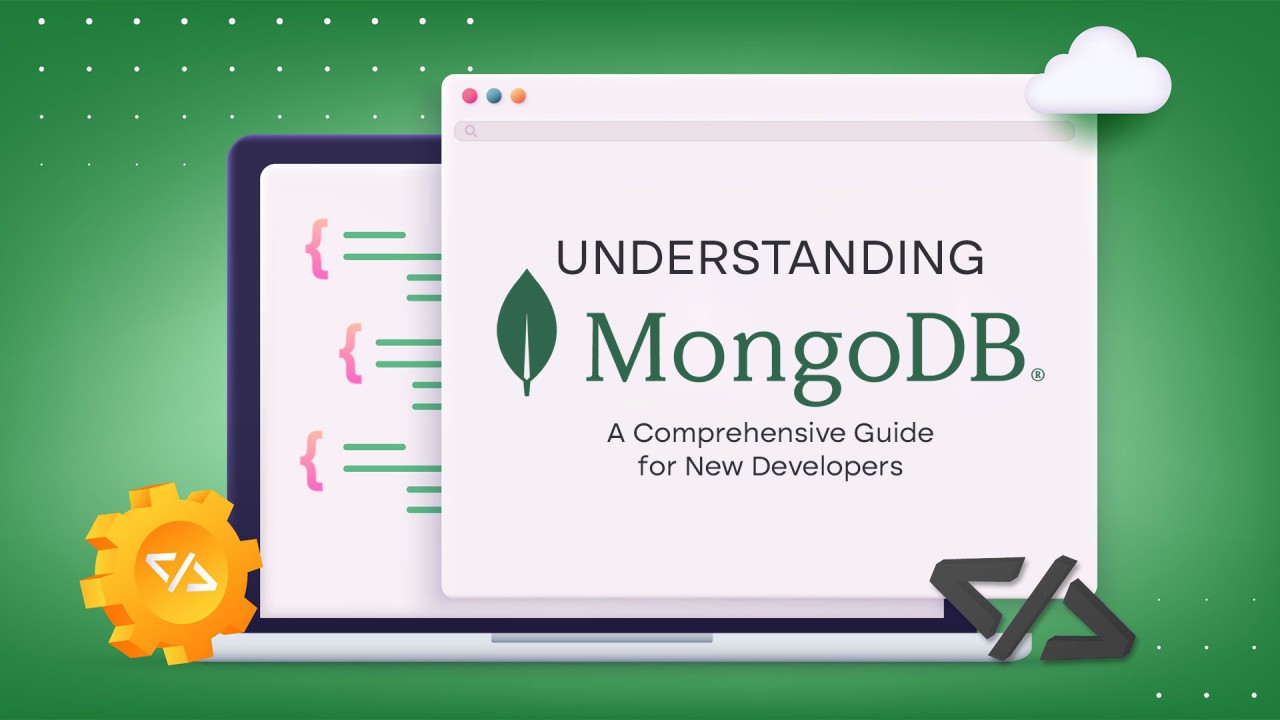
Understanding MongoDB: A Comprehensive Guide for New Developers
In the evolving world of software development, the choice of database technology can significantly impact the scalability, performance, and flexibility of applications. MongoDB, a leader in the NoSQL database landscape, has emerged as a powerful tool for developers. It offers a unique blend of features suited for modern application development. This comprehensive guide aims to introduce new developers to MongoDB, covering its core concepts, features, and practical applications.
What is MongoDB?
MongoDB is an open-source, document-oriented NoSQL database designed for high volume, high performance, and high flexibility data storage. Unlike traditional relational databases that store data in tables and rows, MongoDB uses a document model, which stores data in JSON-like formats. This model aligns more naturally with how developers code their applications, making MongoDB a popular choice in the tech industry.
Core Features of MongoDB
MongoDB stores data in flexible, JSON-like documents, allowing varied and dynamic data models.
It offers a schema-less structure, where each document can have a different structure, providing immense flexibility.
MongoDB uses BSON (Binary JSON) for data storage, which extends JSON's capabilities with additional data types.
It supports indexing on any document field, enhancing the performance of data retrieval operations.
MongoDB provides replication and automatic failover, ensuring data availability and resilience.
It supports horizontal scaling through sharding and distributing data across multiple machines or clusters.
Advantages of MongoDB
MongoDB's schema-less nature allows for rapid iteration and evolution of data models.
Its document model leads to faster read and write operations, especially for complex data structures.
Designed for horizontal scaling, MongoDB can handle large volumes of data and high throughput applications.
The JSON-like document model and rich query language make MongoDB intuitive for developers, especially those familiar with JavaScript.
MongoDB offers a powerful query language and aggregation framework, enabling complex data operations and analytics.
A robust community, extensive documentation, and professional support make MongoDB a well-supported choice for developers.
领英推荐
MongoDB Use Cases:
MongoDB's versatility makes it suitable for a wide range of applications. It's particularly well-suited for applications that require flexible data models and rapid development, such as:
Its dynamic schema is ideal for managing diverse content types.
MongoDB can handle complex product catalogs and user profiles.
Its fast read-write capabilities support real-time data processing.
MongoDB can manage the varied and voluminous data generated by IoT devices.
Setting up a MongoDB Environment
Setting up MongoDB is straightforward. Developers can download it from the official website and start with basic CRUD operations. MongoDB’s query language, while unique, is easy to grasp, especially for those familiar with JavaScript. Key steps include:
Download and install MongoDB from the official website.
Learn to create, read, update, and delete documents.
Understand MongoDB’s query language for complex data retrieval.
Best Practices for New Developers
For new developers, it's essential to grasp MongoDB's document model and query language. Best practices include:
Learn how to structure documents effectively.
Use indexing to optimize query performance.
Ensure data integrity with regular backups.
Conclusion
MongoDB stands out as a versatile, high-performance database suitable for a wide range of modern applications. Its flexibility, scalability, and developer-friendly nature make it an essential tool for new developers in the tech industry.